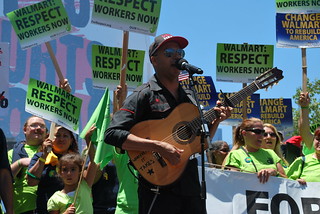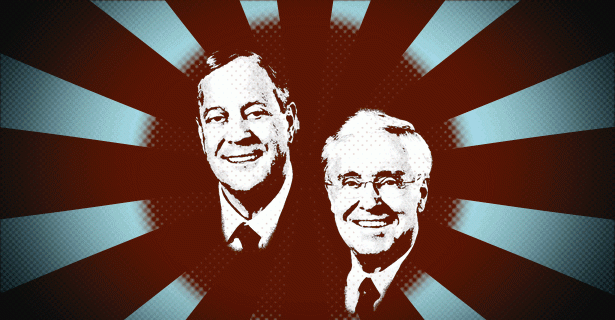Dark Money Docs Found In Meth House

My prediction for the final half-season of Breaking Bad: Walter White becomes a Republican operative. Scary, right? Plus this one is ripped from the headlines:
The boxes landed in the office of Montana investigators in March 2011.
Found in a meth house in Colorado, they were somewhat of a mystery, holding files on 23 conservative candidates in state races in Montana. They were filled with candidate surveys and mailers that said they were paid for by campaigns, and fliers and bank records from outside spending groups. One folder was labeled “Montana $ Bomb.”
The documents pointed to one outside group pulling the candidates’ strings: a social welfare nonprofit called Western Tradition Partnership, or WTP [Frontline/ProPublica]
“Montana $ Bomb” takes on a whole new meaning on premises that could literally explode at any minute.
The documents suggest that the Western Tradition Partnership (now the American Tradition Partnership), a tax-exempt non-profit, may have illegally coordinated with political campaigns in 2008 and 2010. WTP is also famous for mounting a successful lawsuit to abolish Montana’s ban on corporate political spending and extend the provisions of Citizens United to state politics.
[Photo credit: bjhale, Creative Commons.]





 <—-This Guy: Hans von Spakovsky
<—-This Guy: Hans von Spakovsky 